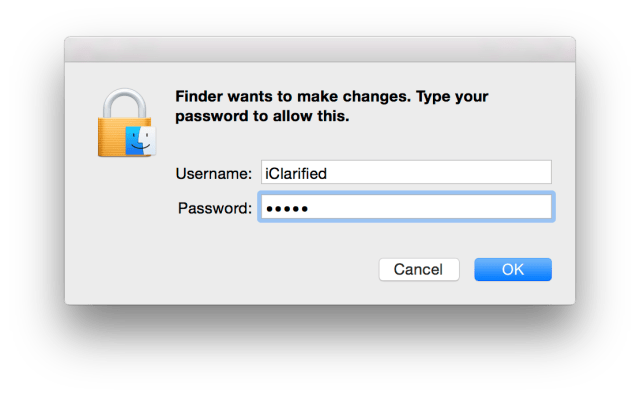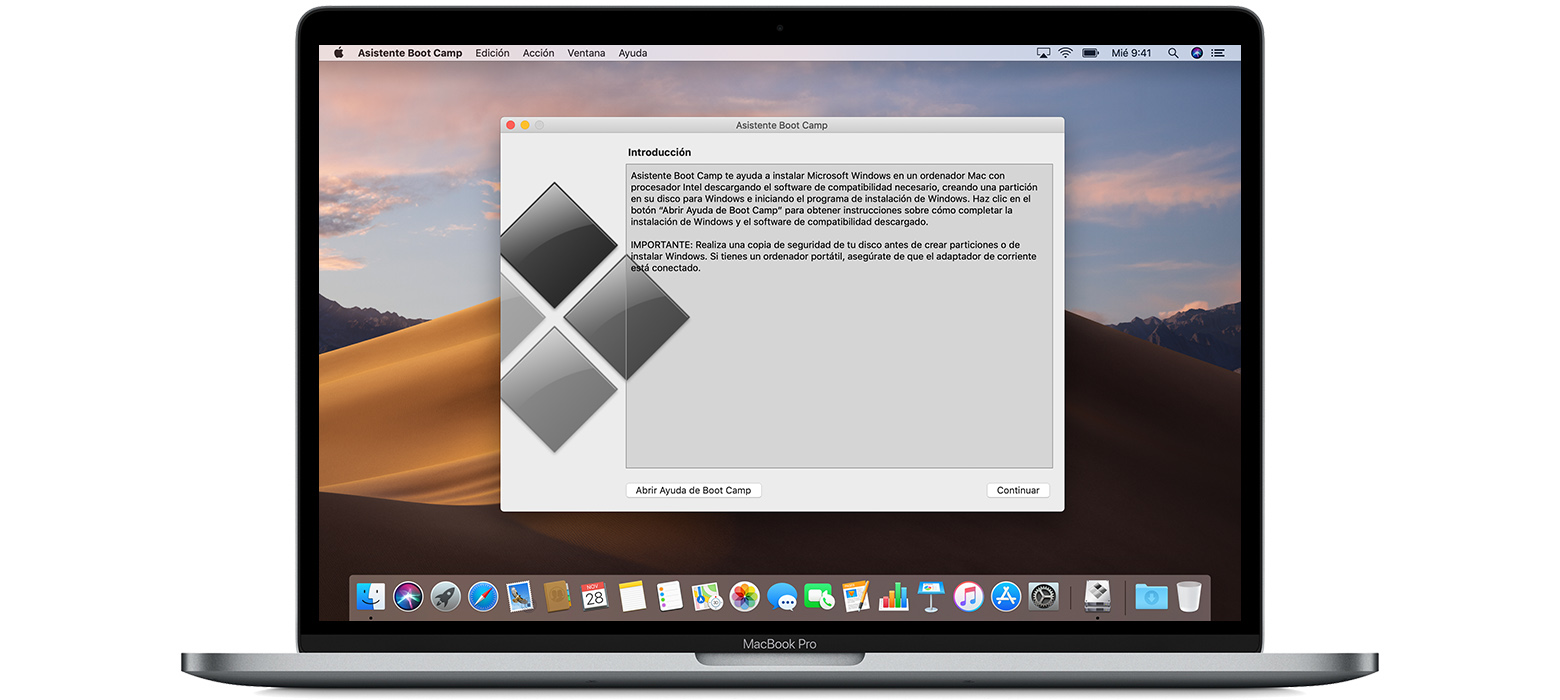Mac Os X System Library Displays Overrides
 Problem:
Problem:Feb 11, 2011 System Usage Development Gaming HTPC Music Photography Servers Video Infinite Loop Apple News & Rumors iOS iPad iPhone iPod Touch iOS Development Mac Hardware iMac Mac Pro Mac mini MacBook Pro MacBook Air Mac OS X Support Mac Software Other Apple Hardware Laptops Laptop Compatibility. Mar 04, 2013 I recently bought a MacBook Pro (with ‘Retina’ screen), but when I hooked it up to my Dell U2410 monitor via HDMI cable I was shocked by the poor picture quality. The contrast was all wrong and text was misshapen. No amount of calibration in the monitor or software would fix it. Short answer: OS X Continue reading Force RGB mode in Mac OS X to fix the picture quality of an external. 'If you select the 1680 x 1050 or 1920 x 1200 scaling modes, Apple actually renders the desktop at 2x the selected resolution (3360 x 2100 or 3840 x 2400, respectively), scales up the text and UI elements accordingly so they aren’t super tiny (backing scale factor = 2.0), and downscales the final image to fit on the 2880 x 1800 panel.' Jul 23, 2012 System Usage Development Gaming HTPC Music Photography Servers Video Infinite Loop Apple News & Rumors iOS iPad iPhone iPod Touch iOS Development Mac Hardware iMac Mac Pro Mac mini MacBook Pro MacBook Air Mac OS X Support Mac.

Mac Os X System Library Displays Overrides Download
MacOSX doesn't allow all your screen resolutions if you don't have a display from Apple. For me, it would only allow me to run my iiyama 19' CRT at 75Hz, such that I could still see a little flickering. In MacOS 9, I didn't have this Problem. This was making me mad for as long as I have MacOSX installed.
Jul 12, 2017 We click the the “Show in Finder” button and here’s where our “Photos Library” is located. We want to move it back to our user folder so Dropbox stops constantly updating. To move our Photos Library, we drag it to its new location, double-click it, and the Photos. Jan 29, 2020 Press and hold the Option key while you open Photos. Select the library that you want to open, then click Choose Library. Photos uses this library until you open a different one. Mar 18, 2020 Press and hold the Option key while you open Photos. Select the library that you want to open, then click Choose Library. Photos uses this library until you open a different one. 
List Of Mac Os Systems
In /System -> Library -> Displays -> Overrides, I found some folders named 'DisplayVendorID-[hex-number];' these contain XML files named 'DisplayProductID-[hex-number].' These files contain the information the system uses to determine wich resolutions to allow. All you have to do is create your own display definition. The problem is, you have to find out what DisplayVendorID and DisplayProductID your display is registered as. If you have the Developer Tools installed, you can use 'IORegistryExplorer' to find out. The path for me was IOService:/Root -> PowerMac3,5 -> MacRISC2Pe -> NVDA,DisplayB@1 -> .Display_NV-01108000 -> display0 -> AppleDisplay (I have a GeForce4 MX video card). [robg adds: I changed the '/' into ' -> ' so the lines would break.]
With the DisplayVendorID and DisplayProductID I found there, I created my own Display definition. I just copied this one: 'DisplayVendorID-756e6b6e/DisplayProductID-9210' (this must be the definitions for a 'Studio Display 21' by Apple) to a path containing the DisplayVendorID and DisplayProductID I found in the IORegistry. For the filename, the values must be in hex, and of course you have to be root to do that. Then I opened the new file and changed the values with key 'DisplayProductID' and 'DisplayVendorID' to the same values (but this time they must be base10 notation - not hex).
After restarting the computer, the OS now thinks it has an Apple Studio Display 21 attached and lets me set my Display to many more resolutions and refresh rates!
But WARNING!: As we all know playing around with display resolutions may be a dangerous thing! So if your old CRT goes up in flames .. or just black forever - I don't want to be held responsible!
[robg adds: Please heed the warning, as you really could potentially do bad things to your monitor with this hint! If you do manage to select an invalid screen resolution, you may be able to restore OS X functionality (if you didn't fry the monitor) with this hint. Also, a safer approach might be to try the method listed in this hint, and/or use the SwitchRes X application mentioned in the comments to that hint.]